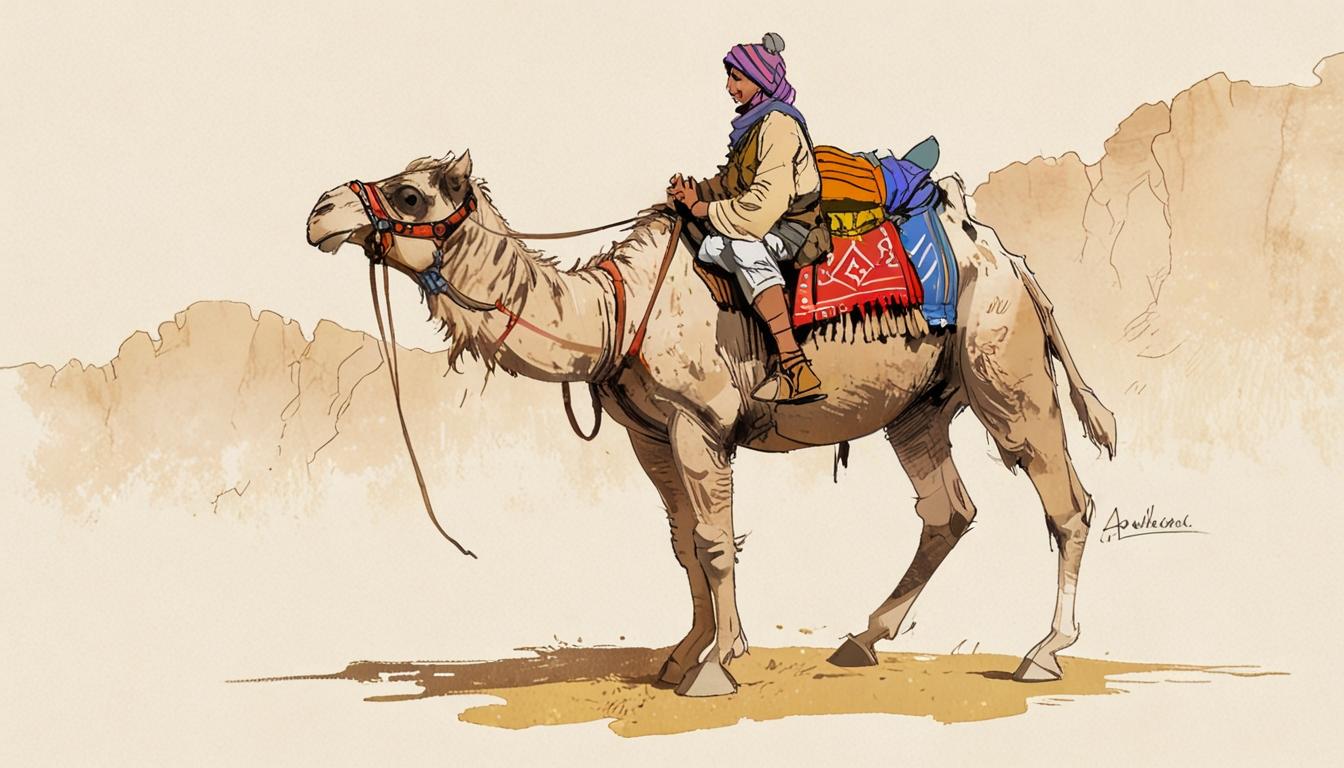Upon arriving in Melbourne four years ago, an Afghan journalist found his introduction to Australia's political and cultural landscape came through unexpected artistic depictions that prompted reflection on identity and belonging within the nation. This realisation was sparked by posters created by Australian artist Peter Drew, which featured images of historical Afghan cameleers, labelled boldly as "Aussie." The journalist explained how these posters honoured figures such as Monga Khan, who, in the 19th century, were instrumental in building telegraph lines across Australia's remote outback, thereby connecting the country to the wider world.
The artist's work aimed to challenge traditional narratives of Australian identity, which have often been shaped by policies such as the White Australia policy, frequently excluding non-European histories. For the journalist, originally from Afghanistan and now living in Melbourne’s multicultural south-east suburb of Casey, the theme of national identity resonated deeply as he observed ongoing struggles within various communities to secure political representation and a sense of belonging.
Having experienced Afghanistan's autocratic and feudal political system, the journalist noted the parallels in Australia’s political discourse surrounding identity and representation. Despite nearly 200 years since figures like Monga Khan contributed to Australia's development, contemporary Muslim Australians continue to face challenges in this regard that go beyond representation, touching on the fundamental question of inclusion within Australian society.
These tensions have become more pronounced in recent times, especially in light of the conflict in Gaza, which has intensified debates around community identity and belonging. A notable instance was the decision by Creative Australia in February to withdraw Lebanese Australian artist Khaled Sabsabi’s appointment as Australia’s representative at the prestigious Venice Biennale, only five days after his selection. This followed public criticism of some of his past artworks.
Speaking about the decision, Sabsabi expressed his frustration and the personal toll of the controversy. "I’m a Lebanese Muslim Australian artist. Regardless of my ethnicity or where I was born, regardless of my faith, I am an Australian artist, who has lived here for the majority of my life. So therefore I should be entitled to the rights of every other Australian citizen," he told The Guardian. He further highlighted what he described as a “double – or triple – standard” in Australia's approach to citizenship, stating, “Who is Australian? What is Australian? These definitions, and these hierarchies of citizenship, all they do is just further divide the nation, further cause infighting and breed more hate, breeds more distrust of the other.”
The journalist also observed how these questions and feelings of alienation are common among people in Casey and likely across other parts of the Muslim Australian community. The situation has been exacerbated by rising incidents of Islamophobia, with reports indicating that physical attacks more than doubled between late 2022 and early 2023, disproportionately affecting women and children.
In response to these challenges, organisations such as Muslim Votes Matter and The Muslim Vote have emerged ahead of upcoming elections. These groups aim to mobilise and represent Muslim Australian voters who feel overlooked by the major political parties and disillusioned with the mainstream political process. While these initiatives seek to amplify marginalised voices, the journalist cautioned that representing the politically diverse Muslim community is a complex task.
He expressed hope that, regardless of how successful these groups prove electorally, their presence will prompt major political parties to pursue greater inclusivity. Although the journalist himself is not yet eligible to vote in Australian elections, he is watching with interest as migrants like himself navigate the intertwined questions of identity, citizenship, and what it truly means to be "Aussie."
Source: Noah Wire Services
